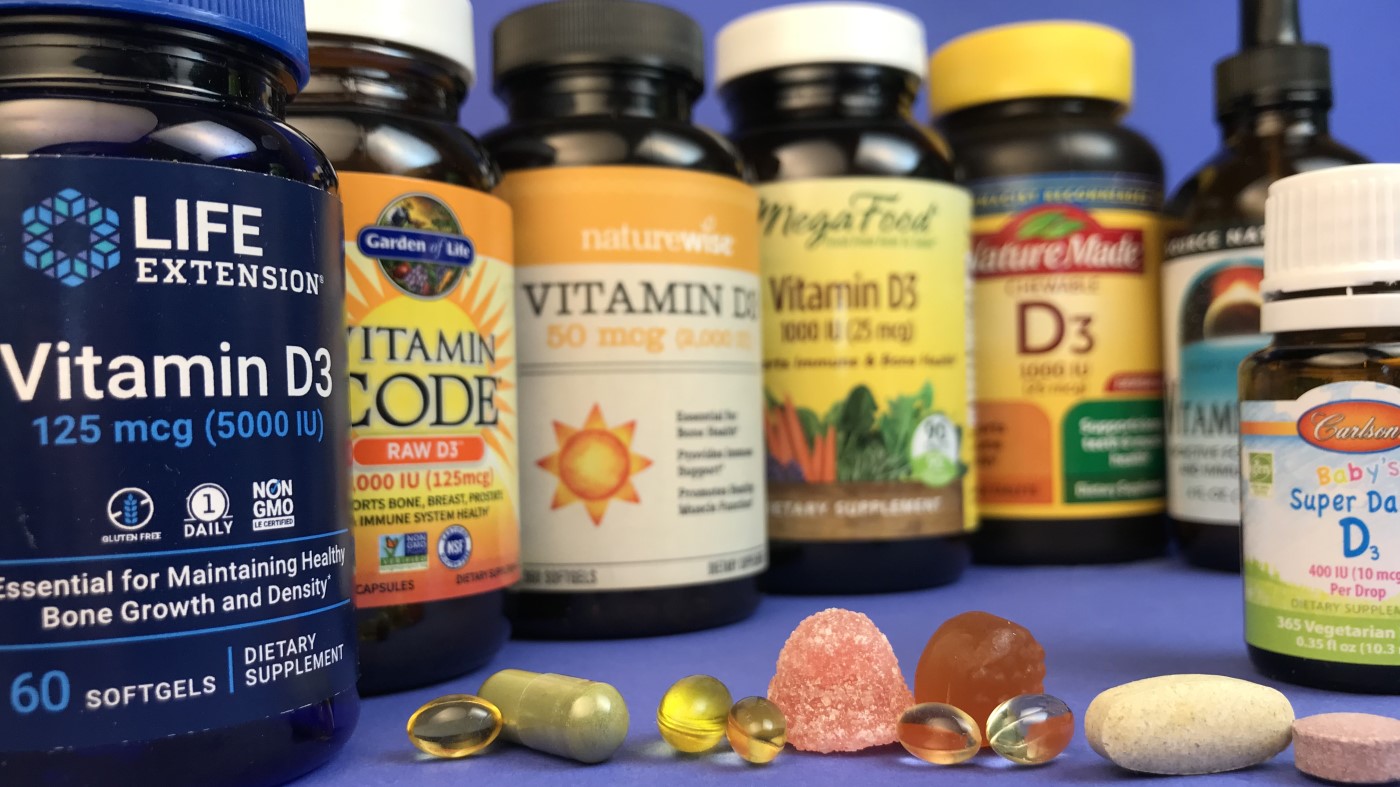Vitamin D Deficiency: Symptoms, Causes, Treatment
What are the symptoms of vitamin D deficiency?
Vitamin D deficiency can cause a variety of symptoms, which can vary in severity. Some common symptoms of vitamin D deficiency include:
- Bone Pain: Vitamin D is important for bone health, and deficiency can lead to bone pain or tenderness, especially in the lower back, pelvis, hips, and legs.
- Muscle Weakness: Vitamin D plays a role in muscle function, and deficiency can lead to muscle weakness, particularly in the thighs, shoulders, and upper arms.
- Bone Fractures: Vitamin D deficiency can increase the risk of bone fractures, especially in older adults and those with osteoporosis.
- Fatigue: Feeling excessively tired or fatigued can be a symptom of vitamin D deficiency.
- Bone Deformities: Severe vitamin D deficiency in children can lead to a condition called rickets, which can cause bone deformities such as bowed legs or knock knees.
- Delayed Healing of Fractures: Vitamin D deficiency can slow down the healing process of fractures or other bone injuries.
- Mood Changes: Some studies suggest that vitamin D deficiency may be linked to mood disorders such as depression.
- Hair Loss: In some cases, vitamin D deficiency may contribute to hair loss.
- Frequent Infections: Some research suggests that vitamin D deficiency may weaken the immune system, leading to an increased risk of infections.
It’s important to note that vitamin D deficiency can be diagnosed with a blood test, and treatment typically involves taking vitamin D supplements. If you suspect you may have vitamin D deficiency, it’s important to talk to your healthcare provider for proper diagnosis and treatment.
What are the causes of vitamin D deficiency?
Vitamin D deficiency can occur for a variety of reasons. Some common causes include:
- Lack of Sun Exposure: Vitamin D is often referred to as the “sunshine vitamin” because the body produces it in response to sunlight. Spending too little time outdoors, wearing clothing that covers most of the skin, or using sunscreen regularly can all reduce the amount of vitamin D produced by the body.
- Dark Skin: People with darker skin produce less vitamin D in response to sunlight compared to those with lighter skin. This can increase the risk of vitamin D deficiency, especially in regions with less sunlight like Alaska.
- Limited Dietary Intake: Vitamin D is found in certain foods, such as fatty fish (e.g., salmon, mackerel), beef liver, cheese, and egg yolks. People who do not consume enough of these foods may be at risk of vitamin D deficiency.
- Malabsorption Disorders: Conditions that affect the absorption of nutrients in the gut, such as celiac disease, inflammatory bowel disease, and cystic fibrosis, can lead to vitamin D deficiency.
- Obesity: Vitamin D is a fat-soluble vitamin, which means it can be stored in fat tissues. People who are obese may have lower levels of vitamin D in their blood, as the vitamin is stored in fat rather than circulating in the bloodstream.
- Age: As people age, the skin becomes less efficient at producing vitamin D in response to sunlight. Older adults may also spend less time outdoors, further reducing their sun exposure.
- Kidney and Liver Diseases: Conditions that affect the kidneys or liver can impair the conversion of vitamin D into its active form, leading to vitamin D deficiency.
- Medications: Some medications, such as certain anticonvulsants, glucocorticoids, and medications that interfere with fat absorption, can affect vitamin D metabolism and increase the risk of deficiency.
- Breastfeeding: Breast milk is not a good source of vitamin D, so infants who are exclusively breastfed may be at risk of deficiency unless they receive a vitamin D supplement.
It’s important to note that vitamin D deficiency can occur even in sunny climates or in people who spend a lot of time outdoors if they do not have adequate sun exposure or dietary intake of vitamin D.
What is the treatment for vitamin D deficiency?
The treatment for vitamin D deficiency typically involves increasing vitamin D intake through supplements and, in some cases, dietary changes. The specific treatment plan will depend on the severity of the deficiency and individual factors. Here are some common approaches to treating vitamin D deficiency:
- Vitamin D Supplements: The most common treatment for vitamin D deficiency is oral vitamin D supplements. The dose and duration of treatment will depend on the severity of the deficiency and individual factors. Your healthcare provider will determine the appropriate dose based on your blood levels of vitamin D.
- Sunlight Exposure: Increasing sun exposure can help boost vitamin D levels, but it’s important to do so safely to reduce the risk of skin cancer. Spending a few minutes in the sun without sunscreen several times a week can help increase vitamin D production.
- Dietary Changes: Including foods rich in vitamin D in your diet can help increase vitamin D levels. Some foods that are high in vitamin D include fatty fish (e.g., salmon, mackerel), beef liver, cheese, and egg yolks.
- Monitoring: Regular monitoring of vitamin D levels is important to ensure that treatment is effective. Your healthcare provider may recommend periodic blood tests to check your vitamin D levels.
- Addressing Underlying Causes: If vitamin D deficiency is due to an underlying medical condition, such as malabsorption disorders or kidney disease, treating the underlying cause may help improve vitamin D levels.
It’s important to work with your healthcare provider to determine the appropriate treatment for vitamin D deficiency. Taking too much vitamin D can be harmful, so it’s important to follow your healthcare provider’s recommendations for supplementation.




